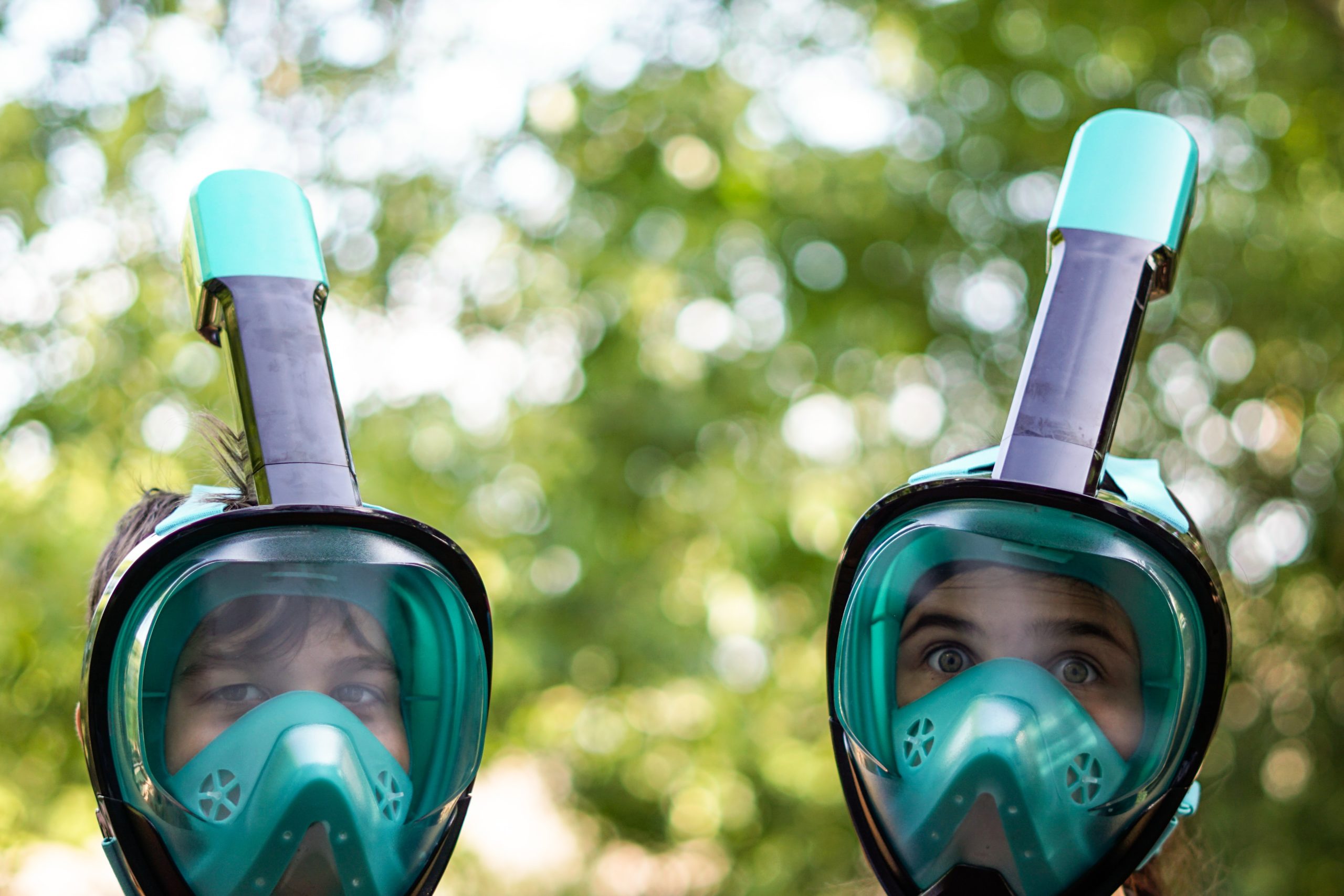Whether it’s The Time of Covid or not, The Toyary takes toy cleaning seriously. Here are the steps we take to minimize risks of germ transmission, from the common cold to Covid-19.

Incoming toys:
- Quarantine: We employ a holding period between the time an item is returned and when it can be reserved again. During this period, items are cleaned and/or sanitized if necessary and inspected to ensure there are no missing or broken parts. As it relates to COVID-19, numerous studies have shown that the risk of infection through contact with contaminated surfaces or objects is generally considered to be low. Per the CDC, when accounting for both surface survival data and real-world transmission factors, the risk of surface transmission is minor after 3 days (72 hours) regardless of when it was last cleaned.
- Clean: Depending on the toy and its material, toys may be surface-cleaned in one of these ways: dishwasher, washing machine, wiped or sprayed with a non-toxic cleaning or detergent agent that aligns with CDC guidelines. According to numerous researchers, studies report the inability to detect viable COVID-19 virus within minutes to hours on porous surfaces. For items with more porous surfaces like cardboard puzzles and board games, we adhere to quarantine standards and surface cleaning methods akin to public library protocols via the American Library Association.
- Sanitize: When necessary, dishwasher and washing machine methods both clean and sanitize toys. If further sanitization is required, we may employ an alcohol-water solution. If an item cannot effectively be cleaned with washing, it may be treated with UVC light or heat technology as an added precaution. UVC light technology kills virtually all germs, viruses and bacteria, and the device we use has demonstrated >99.99% kill of Human Coronavirus 229E in 3 minutes.
Outgoing toys:
- Cover: Clean hands sort and pack toys scheduled for borrowing; masks are worn if necessary (i.e., if someone is recovering from a previous sickness or has sick kids at home) to prevent the spread of germs.
- Contain: Toys are placed in containers and/or bagged to minimize contamination risks during transportation. To support more sustainable packing methods, The Toyary uses reusable and washable packaging and bags when possible.
At the same time, we’re constantly monitoring the latest research and guidelines specific to Covid-19 transmission. While the procedures above may be subject to change based on what ongoing research tells us, here are the resources we’re listening to and the detailed studies we’ve tracked to inform the process above.
- National Institutes of Health (NIH), including its suggestion that Covid-19 may live on select surfaces for up to three days.
- Centers for Disease Control and Prevention (CDC), including its strict guidance for daycares.
- United States Environmental Protection Agency (EPA), particularly its List N: Disinfectants for Coronavirus (Covid-19).
- Mass.gov’s protocols for Massachusetts Emergency Covid-19 child care, as informed by the Department of Early Education and Care (EEC) and the Department of Public Health (DPH).
- Boston Public Health Commision guidance for cleaning and disinfecting to prevent Covid-19.
- American Library Association (ALA) as it pertains to guidelines and protocols for books and related material surfaces.
If you’re a research nut like us and have any other information you’d like to share, please don’t hesitate to reach out!